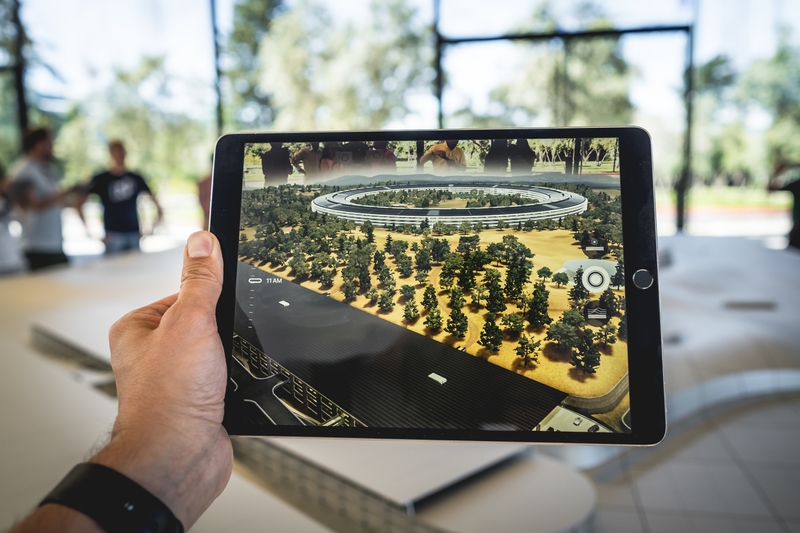
The Smart Government Innovation Lab has announced that it is looking for start-ups, SMEs or other companies that can provide I&T solutions in the field of VR technology.
Particularly, the Lab is looking for a team who can develop a virtual environment without a head-mounted wearable device to visualise 3D models.
It was noted that Virtual Reality (VR) is a popular technology used to interpret spatial data and to visualize 3D models for better analysis.
However, head-mounted displays often the mode adopted in many VR products. This brings up an issue of discomfort and disorientation of wearing a headset.
To help solve this issue the Lab is calling on local and international tech entrepreneurs, researchers, developers, scientists and other professionals.
Ultimately, the government plans to apply the tech solutions in City Management, Commerce and Industry, Development, Education and environmental initiatives.
The release stated that the expected outcomes must be similar to Cave Automatic Virtual Environment (CAVE) technology which provides a room-sized immersive 3D virtual reality environment for processing and presenting of building information modelling technology and 3D models.
In addition, the CAVE allows multiple people to collaborate and experience simultaneously from the first-person perspective, and people will not be isolated from the real-world surroundings.
Obviously, the technologies to be used must be Internet of Things (IoT) and Virtual Reality.
In 2018, the Government established the Smart Government Innovation Lab to explore hi-tech products such as AI and relevant technologies, including machine learning, big data analytics, cognitive systems and intelligent agent, as well as blockchain and robotics from firms, especially local start-ups.
OpenGov Asia reported that the Lab, which is under the Office of the Government Chief Information Officer (OGCIO), held its first technology forum on 26 June 2019.
The theme of the forum was “Smart City Infrastructure”. The event was organised in collaboration with Cyberport and the Hong Kong Science Park and attracted over 230 participants from government departments and the IT sector.
To be conducted at quarterly intervals, these technology forums aim to connect the service needs of individual departments with quality solutions from the IT sector.
A total of 14 companies focusing on networking technology and biometric technology joined the forum at Cyberport and presented their solutions and products – in an exhibition and on stage – to help government departments grasp the latest trends.
A representative from the Architectural Services Department shared details of the department’s experience in adopting innovative information technologies for service improvement and their way forward in engaging technology in services.
The OGCIO also briefed the audience on the Government’s pro-innovation procurement policy to enlighten the industry on the operational procedures of government departments.
The government procurement policy gives quality solutions with innovative suggestions a better chance of success.
In alignment with this new policy, the Smart LAB was established to actively connect government departments with the IT sector, so as to foster close partnerships and inspire more novel innovation and technology (I&T) ideas which are conducive to building a strong and vibrant I&T ecosystem in Hong Kong.
According to the Smart City Blueprint, Hong Kong is working to promote retro-commissioning and building-based smart/IT technologies.
The goal is to continue to include requirements, such as green building design, provision of smart water meter system, electric vehicle charging facility and real-time parking vacancy information for new land sale sites in Kowloon East, with a view to developing a green and smart community.
















